As always, it is hard to believe just how resolutely time continues its unsporting march towards oblivion, but it appears that I have been back in the United States for exactly a month. As such, it seems high time for me to review my experiences working at the von Karman Institute for Fluid Dynamics in Belgium!
Suffice it to say that my three months abroad were quite different from what I had imagined when I made my travel plans approximately six months ago. I spent one weekend in Paris and two or three weeks working at the Institute before the coronavirus wave hit and lockdown swept across Europe, trapping me – and, by a happy coincidence, Gentry – in our sleepy Brussels suburb for about ten weeks. Luckily, as a computational researcher, I was able to work remotely without too much difficulty, and the town of Rhode-Saint-Genèse is as lovely a place as any to be trapped. Frequent trips to the bakery up the road and long walks through the Sonian Woods made the lockdown about as pleasant an experience as possible; I am certainly grateful when I consider the immense hardships that others have faced (and are continuing to face).
Aside from the novel experience of living abroad during a pandemic, VKI was a fascinating place to work and do research. My task was studying the Longshot hypersonic gun tunnel, focusing on the behaviour of the high-speed boundary layer which forms on the walls of the tunnel’s nozzle. Unlike my work at Purdue, this task focused purely on low-fidelity models – namely, the boundary layer equations and linear stability theory (LST).
I made a series of slides targeted towards the layperson for the purpose of sharing with friends and family to communicate my work (an experiment which was surprisingly well-received); I’m including them here as well for anybody interested.
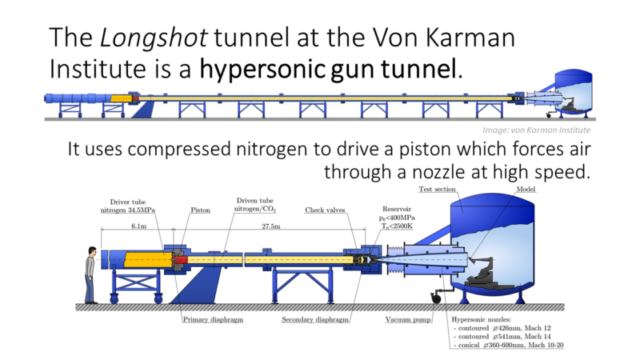
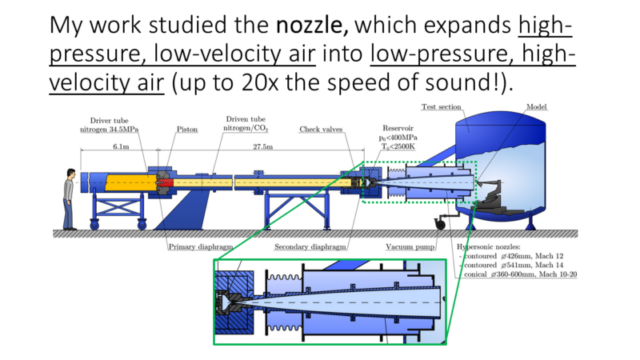
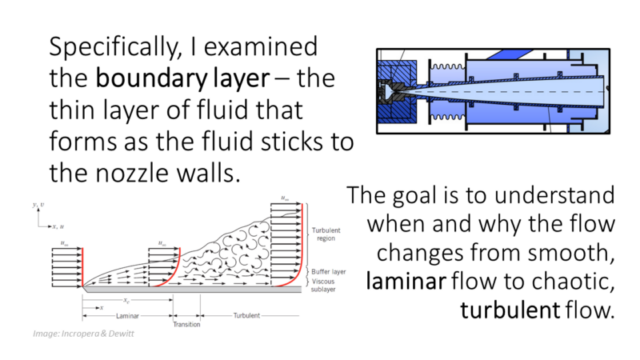
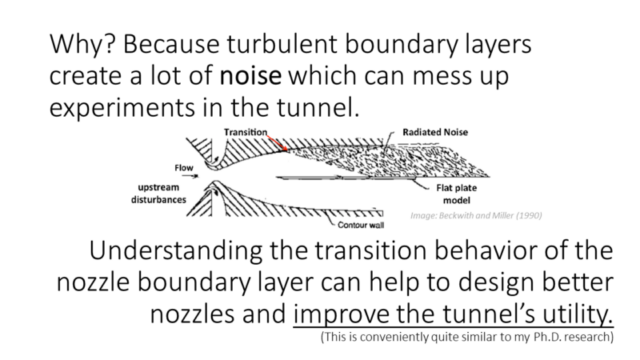
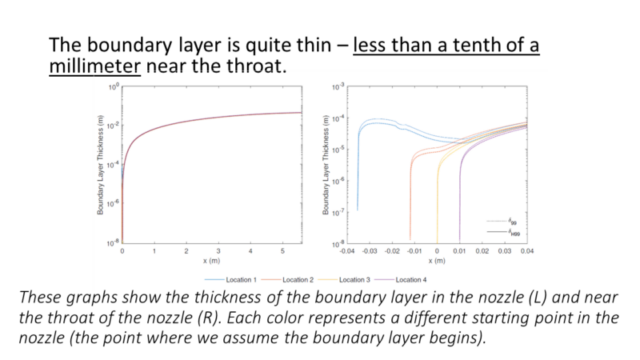
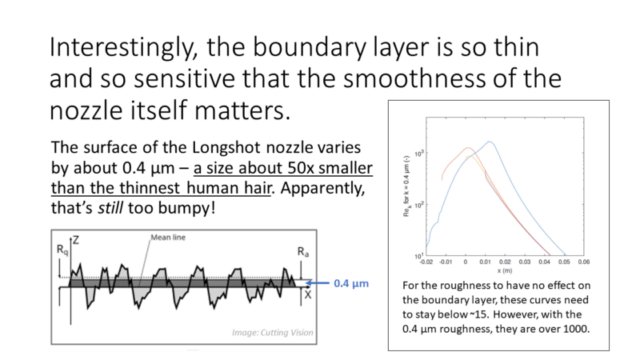
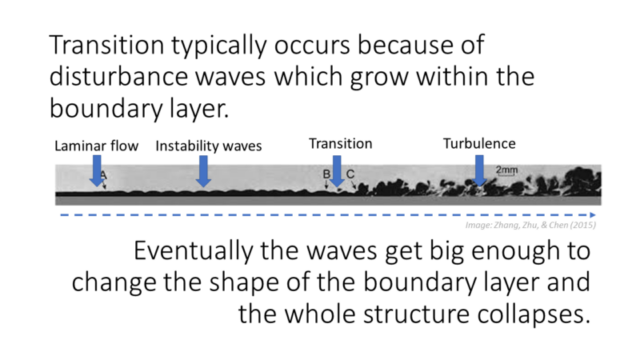
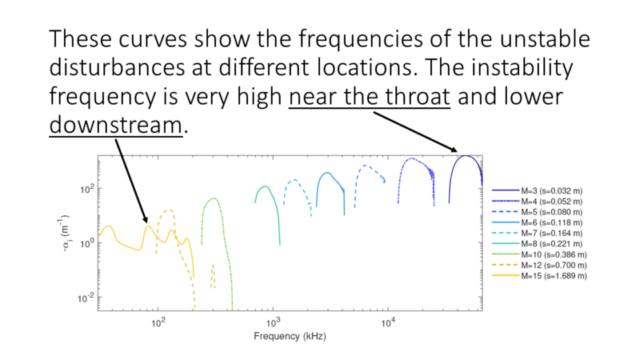
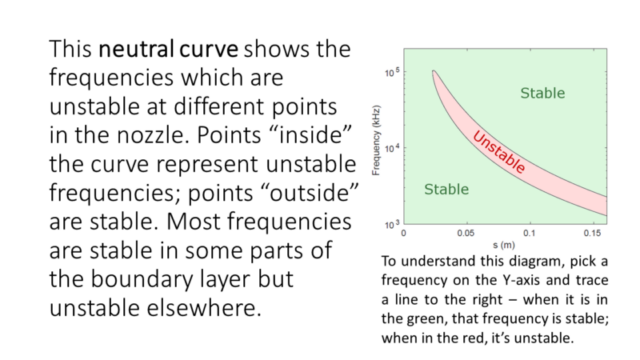
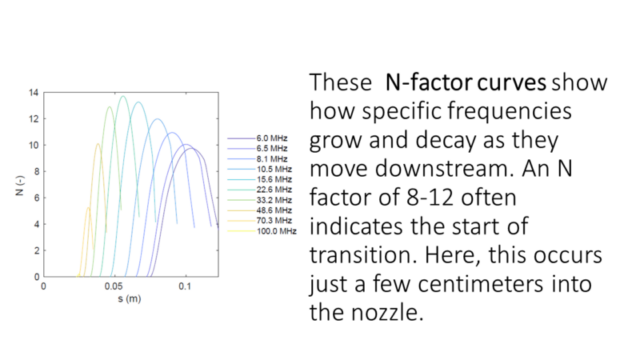
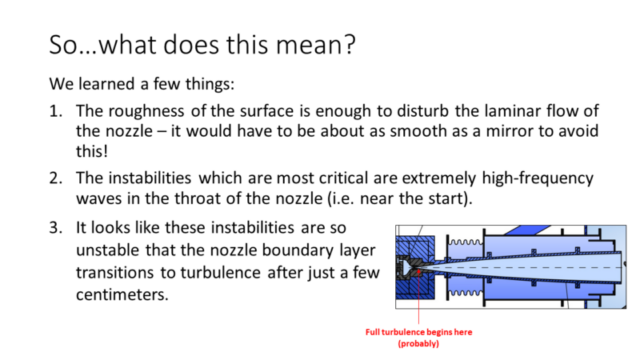
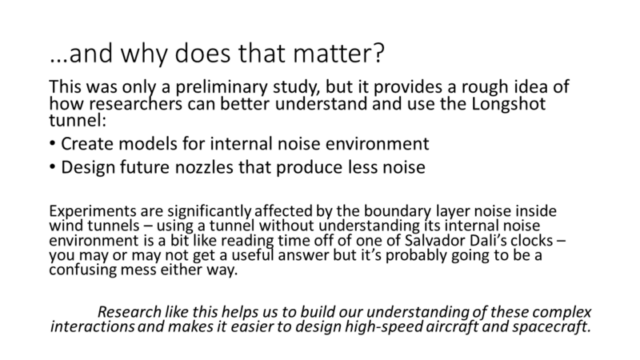
0 Comments